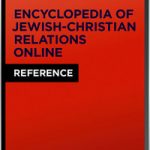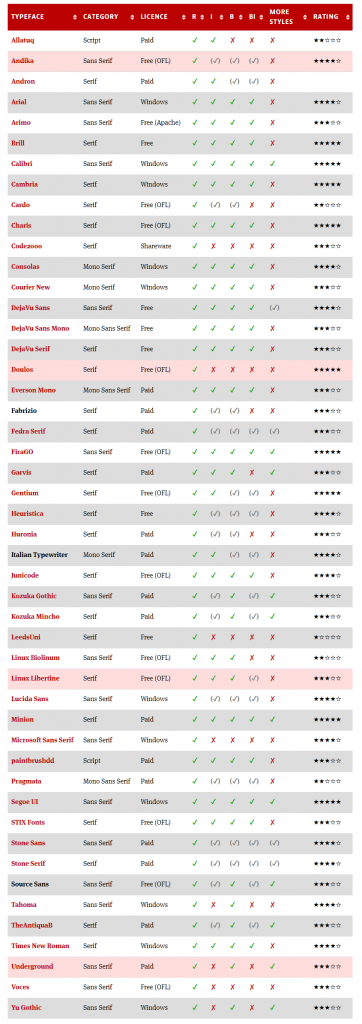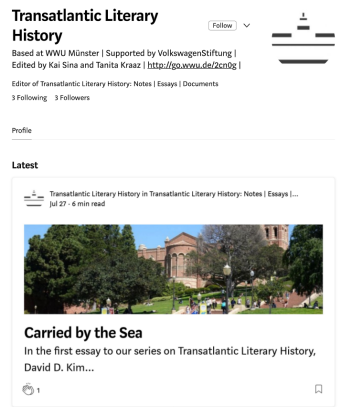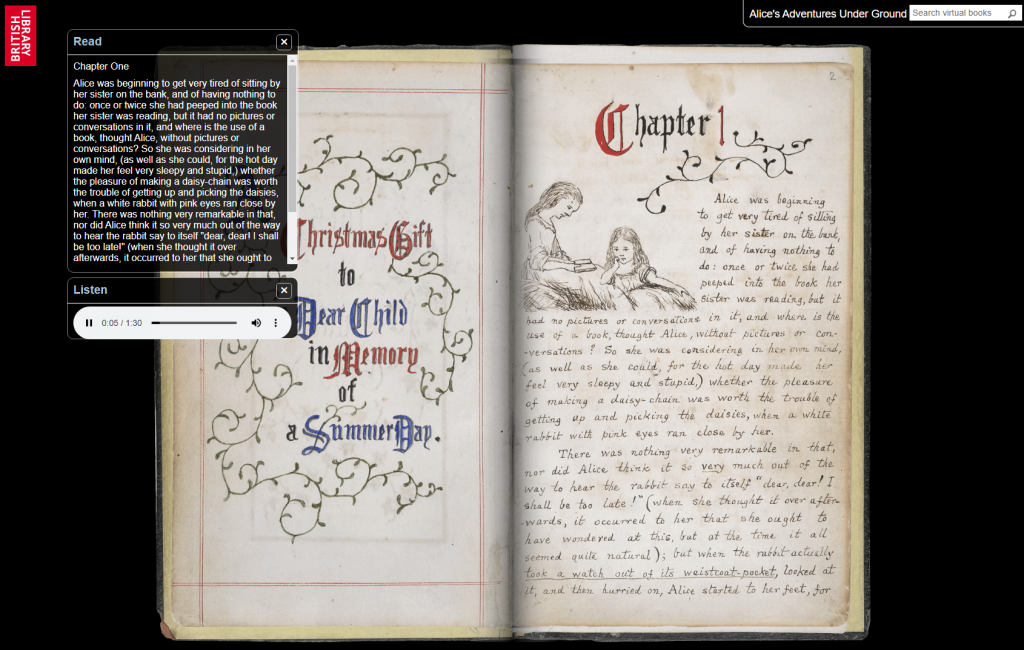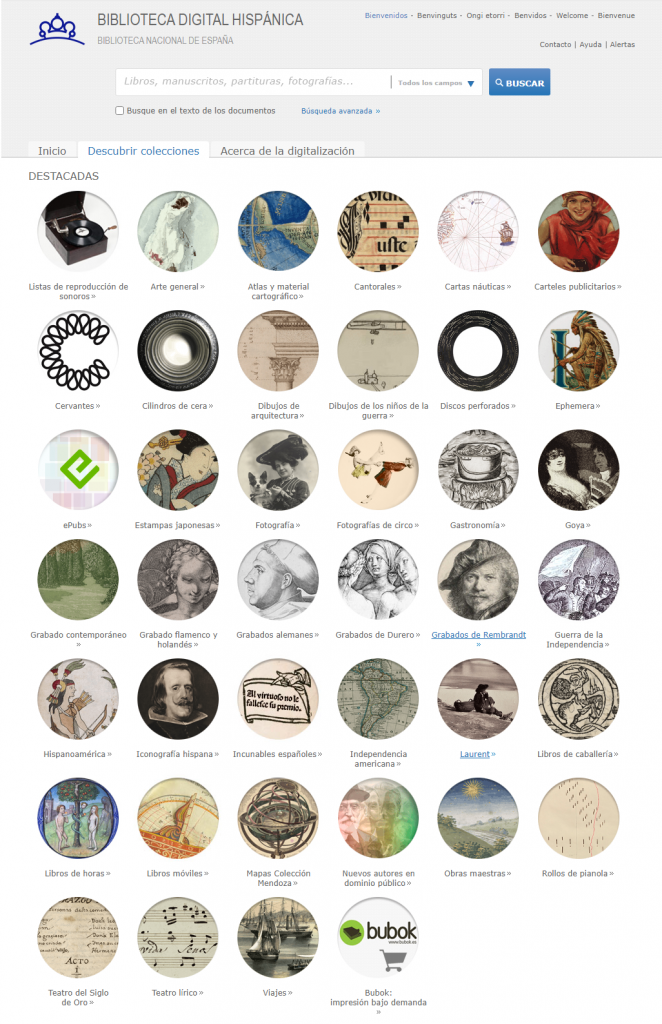In der letzten Zeit sind u.a. diese frei verfügbaren Titel erschienen:
Advances in formal Slavic linguistics 2017
Franc Marušič / Petra Mišmaš / Rok Žaucer
Advances in Formal Slavic Linguistics 2017 is a collection of fifteen articles that were prepared on the basis of talks given at the conference Formal Description of Slavic Languages 12.5, which was held on December 7–9, 2017, at the University of Nova Gorica. The volume covers a wide array of topics, such as control verbs, instrumental arguments, and perduratives in Russian, comparatives, negation, n‑words, negative polarity items, and complementizer ellipsis in Czech, impersonal se-constructions and complementizer doubling in Slovenian, prosody and the morphology of multi-purpose suffixes in Serbo-Croatian, and indefinite numerals and the binding properties of dative arguments in Polish. Importantly, by exploring these phenomena in individual Slavic languages, the collection of articles in this volume makes a significant contribution to both Slavic linguistics and to linguistics in general.
» zum Buch auf der Verlags-Website
» zum Buch bei Zenodo
Mutual intelligibility in the Slavic language area
Jelena Golubovic
In the globalized world we live in today international cooperation is extremely important, but not all Europeans can speak English very well. If the languages in question belong to the same family, each person might be able to speak their native language and understand the language of their interlocutor. Thus type of communication has proved to be effective between native speakers of Danish, Swedish and Norwegian; Dutch and German; as well as between the speakers of Czech and Slovak.
This thesis aims to discover how well speakers of different Slavic languages can understand each other and which factors influence this. About 12 000 speakers of six Slavic languages took part in a web-based intelligibility experiment. The findings show that the most important thing is how similarly words that have the same root are pronounced in two languages. Also, the more exposed you are to the language you are trying to understand, the better you will be at it. How words are formed and combined into sentences also matters, the more similar the processes, the more you are likely to understand. And in case that the level of intelligibility is relatively low, we showed that it is possible to teach people to understand a related language better in a relatively short time.
» zum Buch auf dem Repository der Uni Groningen
Lehrbuch Bulgarisch / Učebnik po bălgarski ezik
Uwe Büttner
Wie der Titel des Buches bereits deutlich macht, ist dieses Lehrbuch sowohl für Anfänger als auch für Fortgeschrittene gedacht. Aus diesem Grunde wurden in das Lehrwerk eine umfangreiche bulgarische Grammatik (Phonetik, Morphologie, Syntax und Wortbildung) sowie umfangreiches Material zur Erweiterung des Wortschatzes integriert. Die ca. 1700 Seiten sollen den Nutzer aber keineswegs abschrecken, sondern als ein breites Bildungsangebot verstanden werden, in dem jeder Nutzer entsprechend seiner Interessen und Vorkenntnisse navigieren kann, nicht zuletzt mittels Suchmaschinen, da hier eine elektronische Fassung des Lehrbuches vorliegt. Das Lehrbuch soll deutsche Muttersprachler, die Bulgarisch lernen wollen, genauso ansprechen, wie bulgarische Muttersprachler, die ihre Deutschkenntnisse verbessern möchten.
» zum Buch auf dem Repository der Uni Leipzig
» zu einem Blog-Post über das Buch im Blog der UB Leipzig

